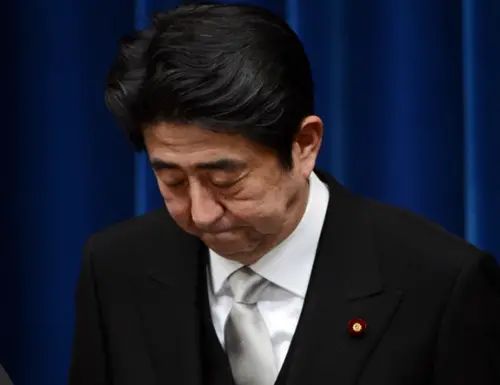Sri Lanka signed a 99-year agreement to lease its deep-sea port of Hambantota to China Merchant Port Holdings (CMPort) in late July. Under this deal, CMPort, owning a 70 percent stake, will invest up to $1.1 billion in the port and a nearby Sri Lanka-China Logistics and Industrial Zone. Sri Lanka's Port Authority (SLPA) holds the remaining 30 percent stake. The project is a commitment to build a deep-sea container terminal, and ease pressures on Colombo's port.
Sri Lanka sits less than 10 nautical miles from the world's busiest seaway route, which carries two-thirds of global energy products and half of all containerized cargo.
Sri Lanka is strategically located in the central Indian Ocean. In ancient times, it stood at the halfway point between China and Rome. In modern times, it's a crucial spot linking the nautical corridor between East Asia and Western Europe. This unique natural endowment provides the nation with unrivaled geo-economic advantages. After spending 26 years fighting a costly civil war, Colombo today takes economic pragmatism as a key priority - using geographic superiority to boost economic growth and increase the wellbeing of Sri Lankans. The government's signature policy plan, "Mahinda Chinthana - Vision for the Future," reflects Colombo's determination to bridge the West with the East, and to stay open to all possibilities. This vision meshes perfectly with China's 21st Maritime Silk Road initiative.
China and Sri Lanka enjoyed close economic cooperation and good political relations over the past half century. This formed a solid foundation for Sri Lanka's engagement with the Maritime Silk Road. In the economic sphere, Sino-Sri Lankan two-way trade exceeded $4.4 billion in 2016, ranking China as Sri Lanka's biggest trading partner and largest import market. Politically, both partners respect each other's core interests, and support each other in broader platforms. Sri Lanka was an early signatory to the Asian Infrastructure Investment Bank, and a dialogue partner of the Shanghai Cooperation Organization. Moreover, it regards itself as a linchpin of the Maritime Silk Road. It is making the most of China's ascent - an apparent sign of economic pragmatism.
The Hambantota port deal, however, triggered fierce opposition from New Delhi. Some Indian media claimed that China would develop the port into a naval base and criticized the project as China's "debt-trap diplomacy." Such reactions, given India and Sri Lanka's close relationship as neighbors, are to be expected, though.
Sri Lanka has long been under India's political influence. But after years of India's interference into Sri Lanka's domestic issues, such as intervening in a civil war and national election, and lobbying against the PLA Navy docking in Colombo port, India's charm has declined dramatically. Sri Lanka realized that over-reliance on its northern neighbor is not always a good option for presenting itself to the region and the world. The economic vitality of East Asia, flourishing global trade, and particularly China's Belt and Road initiative (BRI) all sparked in Sri Lanka a renewed interest in breaking away from the Indian umbrella and pursuing a more independent foreign policy.
Sri Lanka sits in a difficult position, and the Hambantota project has not been without setbacks. But Colombo's final decision conveys the message that the small island country wants to retain a degree of autonomy from Delhi in relation to China policy.
The Hambantota project will encourage other countries to pursue a more active agenda in participating in the BRI. This is a good development for fostering economic and regional integration. To this end, India needs to put its economic cooperation ahead of its political scruples before further worsening the regional situation.
Nowadays, Hambantota is still a less developed region. But it has the potential to grow into a logistic and economic hub.
(GLOBAL TIMES)
 简体中文
简体中文

